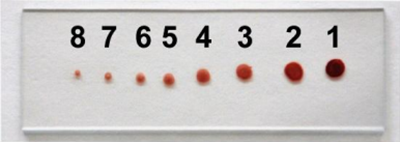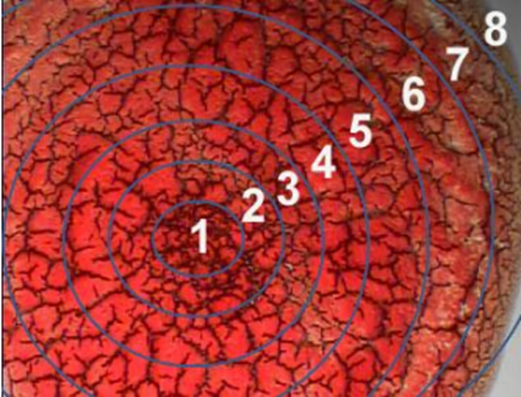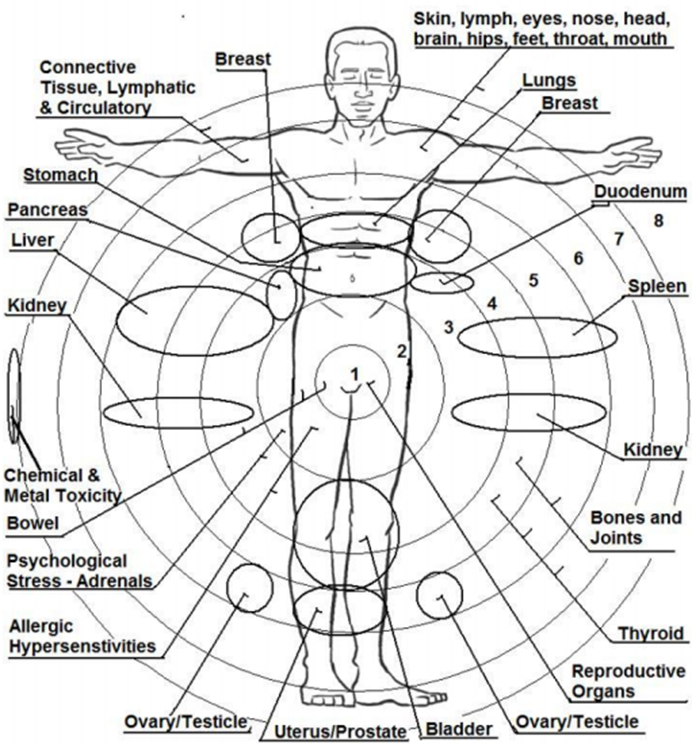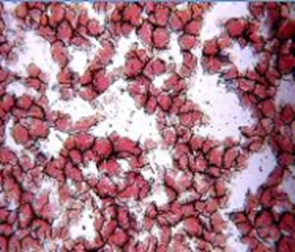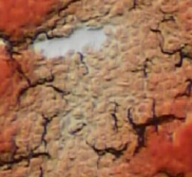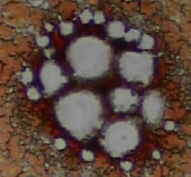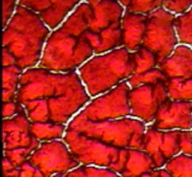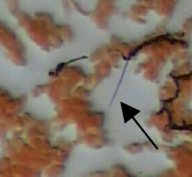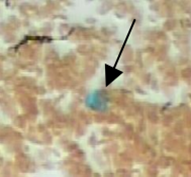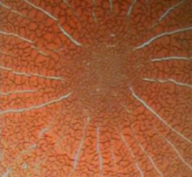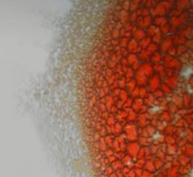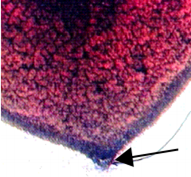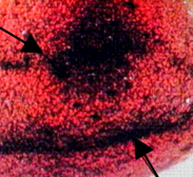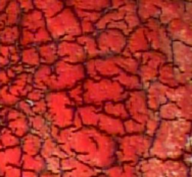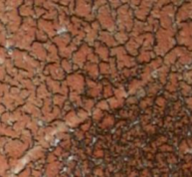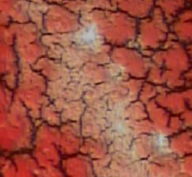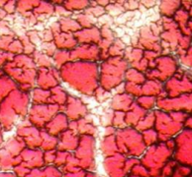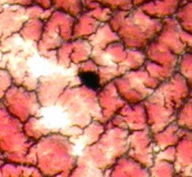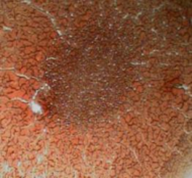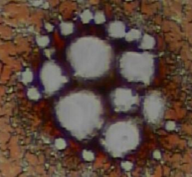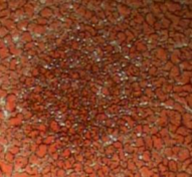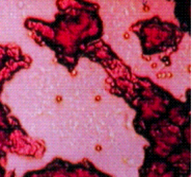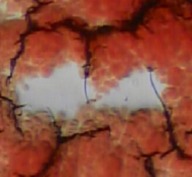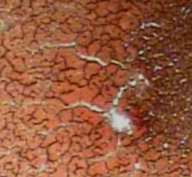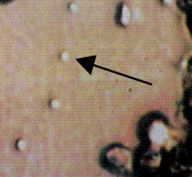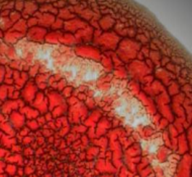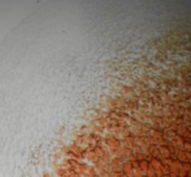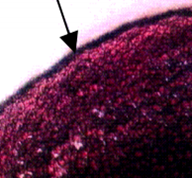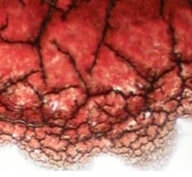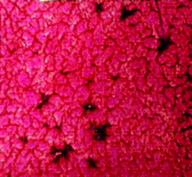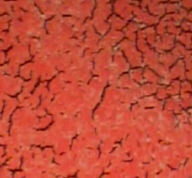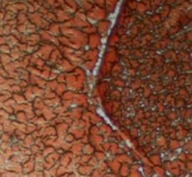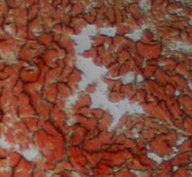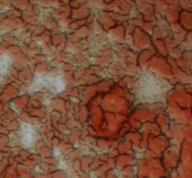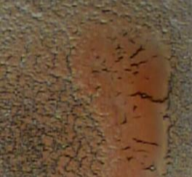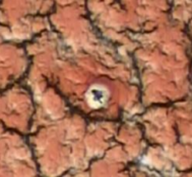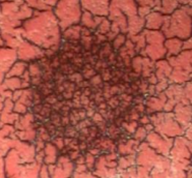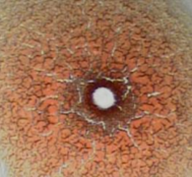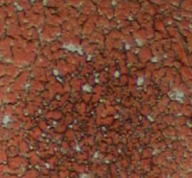Dry Layer Oxidative Stress Test
|
Layers 1 and 2 (the first layers) relate more to the condition on the outside of the body such as skin, lymph, eyes, ears, nose, throat, mouth,
brain, hips and feet. These conditions may have been present for a shorter duration. Ring
This is the term referring to concentric circles in the layer (like on a target) that coincide with different parts of the body. For example, Ring 1 is in the centre of each layer, and Ring 8 is on the outside of the circle (the largest ring) of each layer. Ring 8 represents the outside of the body (skin) and each inward ring moves progressively in to the inside of the body (bowel, sex organs, etc...). Rings 3, 4 & 5 relate to the vital organs such as kidney, liver, gall bladder, spleen, bladder, stomach, colon, and digestion issues. Liver problems could be related to liver detoxification, stress or plugged ducts. Gall bladder could be related to low bile salts, gallstones or if the gall bladder has been removed. Digestive insufficiency especially protein, could also show up. Intestinal and pancreatic problem would also appear in these rings. Stomach ulcers, gas and bloating could also be present. Bone and joint issues may show in these rings.
Healthy BloodPPP’s or ROTS
Ppp's are “Polymerized Protein Puddles”. They may also be called ROTS which are “Reactive Oxygen Toxic Species”. They may appear as white dots, lakes, or rivers, and are the expression of Free Radical activity and clogged, toxic lymphatics. They are soft clots made from polymerized proteins and caused by the effects of excess hydrogen peroxide. The deeper the layer, the more chronic are all conditions.
|
“The doctor of the future will give no
drugs, but will interest patients in the care of the human frame, in diet, and in the cause and prevention of disease.” -- Thomas Edison -- LAYERS
Each drop is called a “layer”. This is the term referring to each of the blood dots on the slide. The first and largest dot is Layer 1, and the last and smallest dot is Layer 8. *The larger the layer, the more it is related to readings on situations that are shallow, temporary, and acute problems. Readings on the smaller layers are generally related to more deep seated, long term or chronic situations. Layers 3, 4 and 5 give more accuracy regarding lung, breast, lymphatic and hormone conditions. These conditions have been present for a longer period of time than those found in layers 1 and 2.
Ring 1 (centre) represents reproductive organs, ovaries and prostate. In men, this would be related to prostate and bladder. In women, patterns here are related to uterus, ovaries, cervix, hysterectomy, fibrotic conditions, bleeding and vaginal problems. PPPs found in Layer 1 only and Ring 1 in a woman could be due to menstrual period.
Ring 4 relates mainly to lung or breast issues. Possible lung problems could be congestion, flu, chronic bronchitis, smoker (or was a smoker in the past) or secondary smoke. Breast issues could relate to breast tenderness, cysts, fibroids, lumps or problems with implants. When PPPs occur only on one side of the layer, the indication is that one lung or one breast are involved.
Ring 5 may show localized PPPs which relates to lymph nodes, lymph or edema. Need exercise, lymphatic massage, lots of fluids, raw fruit and vegetables. This could also be related to water retention or toxic kidneys. This ring can also relate to lung, breast and hormone conditions. Bone and joint issues may show in these rings. Ring 4, 5 and 6 relates to Thyroid and Parathyroid conditions.
PPP SIZE DESCRIPTIONS
2 micron sizes that are disbursed throughout the sample indicate possible allergic sensitivities and are related to hypersensitivities and allergic reactions. 30 microns (more or less) are related to physical stress, emotional stress, mental strain and physical strain. May be seen primarily in Rings 1, 2 & 3. (deeper layers are more chronic) 40+ microns are related to degenerative conditions (except round and clear ppp’s). The larger the ppp's and the greater numbers, the more serious the condition.
|
Layers 6, 7 and 8 are more accurate for sex organs, kidneys, liver, spleen, gall bladder, pancreas, stomach, stress, allergic sensitivities. These layers represent more accuracy with conditions that are well established, chronic and long term conditions.
Ring 2 and 3 show allergic hypersensitivities. Colon issues that show up may relate to impaction, constipation or irregular bowel movements. Adrenal and psychological issues may show as tiny PPP’s.
Rings 6, 7 and 8 PPPs relate to the condition of the outside of the body such as skin, lymph, eyes, nose, throat, mouth, head, brain, hips, and feet. Ring 6 and 7 mainly relate to the connective tissues (mesenchyme) and the lymphatic and circulatory systems. May see bumps on the edge that indicate head and neck injuries. Chemical toxins and metal toxicity also shows up in this ring as a dark shadow or wave at the edge of the ring. Toxicity could be due to inadequate exercising. May need to get the heart rate up through aerobic exercise, go to a sauna, have a hot bath or something else that will open the pores and eliminate toxins. Physical or emotional stress may show up as skin problems. Localized PPPs to this ring could also be due to dental factors such as crowns, fillings, dentures, etc. There could also be metals in the fatty tissue cells. Metal toxins could also be due to cigarette smoke, second hand smoke, household chemicals, air pollution (air fresheners, perfumes, gas, smog, etc.). Marijuana use may also show up in these rings. “Scatterness” on the edge of Ring 8 may be due to poor absorption of nutrients.
Free Radical Damage (oxidative stress) |
